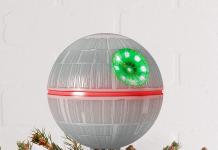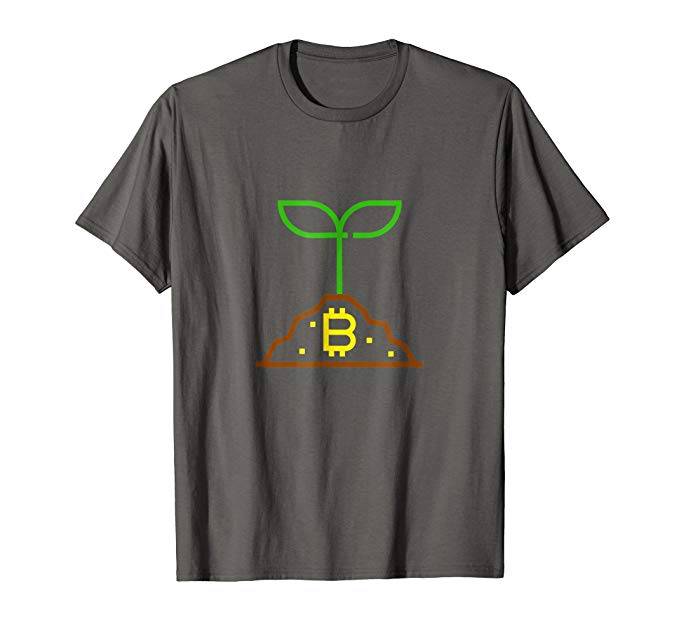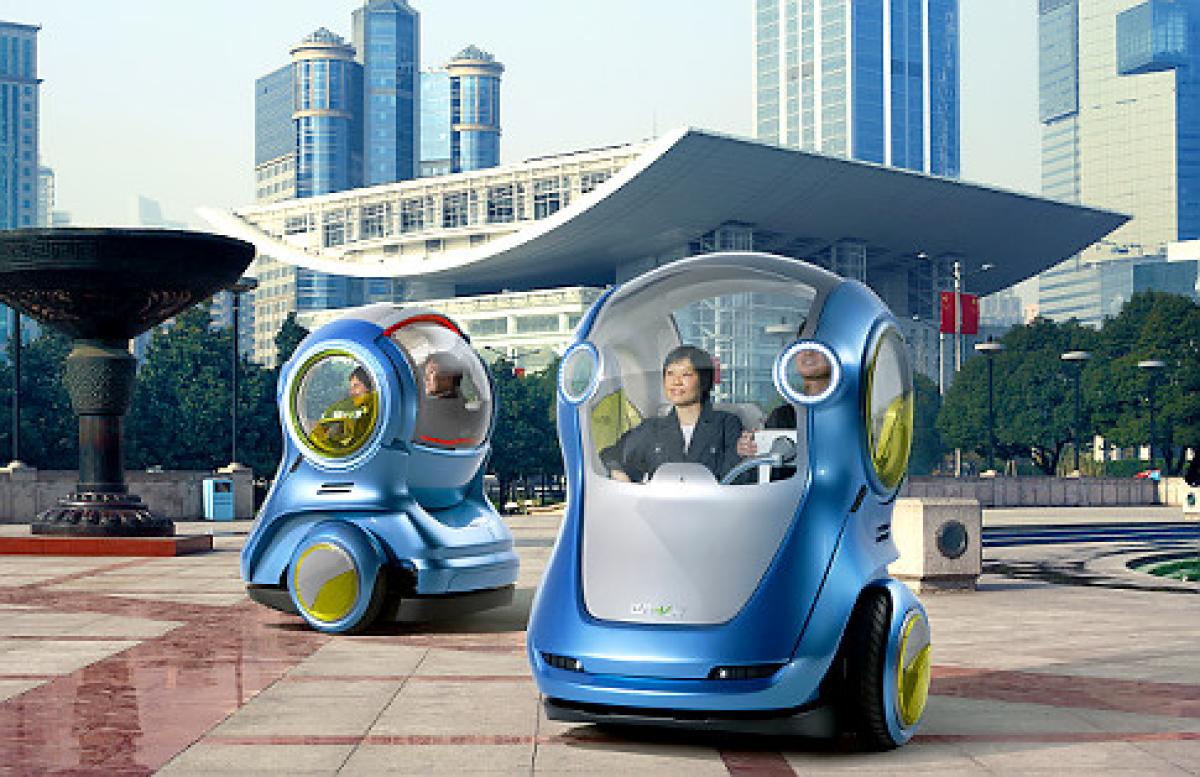In today’s business world, technology and innovation may set the rules, but the business card is still important to make a great first (or second) impression. We want people to remember us, and our card sometimes could either make or break the following meeting.
For the Japanese, the sharing of a business card is somewhat of a ritual. They provide it to an individual with both hands, as with honor and utmost value. I recall a previous story where a certain representative of a start up company used a potential Japanese client’s business card in replacement of a toothpick – you can imagine that the possible deal was not closed that specific day. In fact, the deal that was closed that day was of not doing business with that person or its company. It was complete and utter disrespect.
Since our business cards could actually say so much about us, in order for us to make that lasting impression, we need it to be unique and different than the rest. I mean, if we already spent money on it, it should not end up in the rubbish bin.
I was recently introduced to a wonderful new business card design by a friend of mine Chung Dha Lam, which proved innovative, fun, and triggered my curiosity. This version included simple animation and interested me enough to inquire about the idea, design, and the actual ‘how to’. When I caught up with Chung, he was nice enough to give me some insight behind its development. You can find the conversation below as well as an actual video of the animated business card presenting this concept in action.
Who are you and what do you currently do?
My name is Chung Dha Lam, and I study Packaging Design at Grafisch Lyceum Rotterdam in Netherlands. I am also the webmaster of chungdha.com.
How did you come up with this idea?
I’ve seen the same principle mentioned in a book called Magic Moving Images, where it was used to make pictures move; I immediately wanted to learn it.
A friend of mine Ridnaldi helped me get this book, and quickly after receiving it, I tried to figure out how it worked.
So how does it work?
It’s quite clever and simple if you think of it. The actual card is made of a sleeve, vertical lines and small openings between them. The inside of the card has a special picture, and the vertical lines cover only part of the special picture. When a person slightly moves the inside of the card, there is animation.
As it moves, it will hide certain parts of the special picture, and the opening will show one of the few frames. The view will change each time you correct the frames, and the animation will continue.
How did you make it?
I first made a special raster that would help me. This became a template and made it easier and faster to remake. It is the same one on the sleeve.
I continued to create animation in Illustrator that existed of six separate frames – this animation needed to be large enough because of the size of the raster.
The animation was then divided and put on the raster, just a notch of one frame to one side. Then a Pathfinder was used to cut the animations apart and remove the raster, keeping part of the animations within the openings.
All these were combined together, making one single picture to be printed* and tested.
*The raster was printed on transparent overhead sheets.
The important question is, was it expensive to produce?
It’s a little more expensive than conventional standard business cards because of the extra sleeve around it, but it is much less expensive then the 3D swivel cards and also much easier to design, make and produce. All that is required is printing, pressing, cutting and the final folding of the sleeve.
What are your plans with it in the future?
I am hoping to integrate this in different designs and packaging but would like to develop it further because I have a few ideas such as different colors or full colored pictures.
Of course I also want to make some artwork and scenery with it. I already have some very interesting ideas popping up how to use it on packaging.
Anything else you want add?
I believe this kind of lively and dynamic animation design can make business cards and packaging quite interesting. The interaction with the packaging will make the card stand out, and people will remember the product and company much better.
Personally, I have wanted to make design more interesting by animation without the use of LCD, and this was the little extra I needed. It was quite a relief to find a new method and easily learn how to make it.
I myself was so intrigued at this card’s simplicity and interactive design that I wished to have one of these available, so I can test it out and feel both the texture and response of different individuals.I would like to thank Chung Dha Lam for his time and informative explanation of his design. For more information and additional works, you can check out his site Chungdha.com.What do you think? Are business cards as important in today’s world as they were in the past? Would you like such a card?














